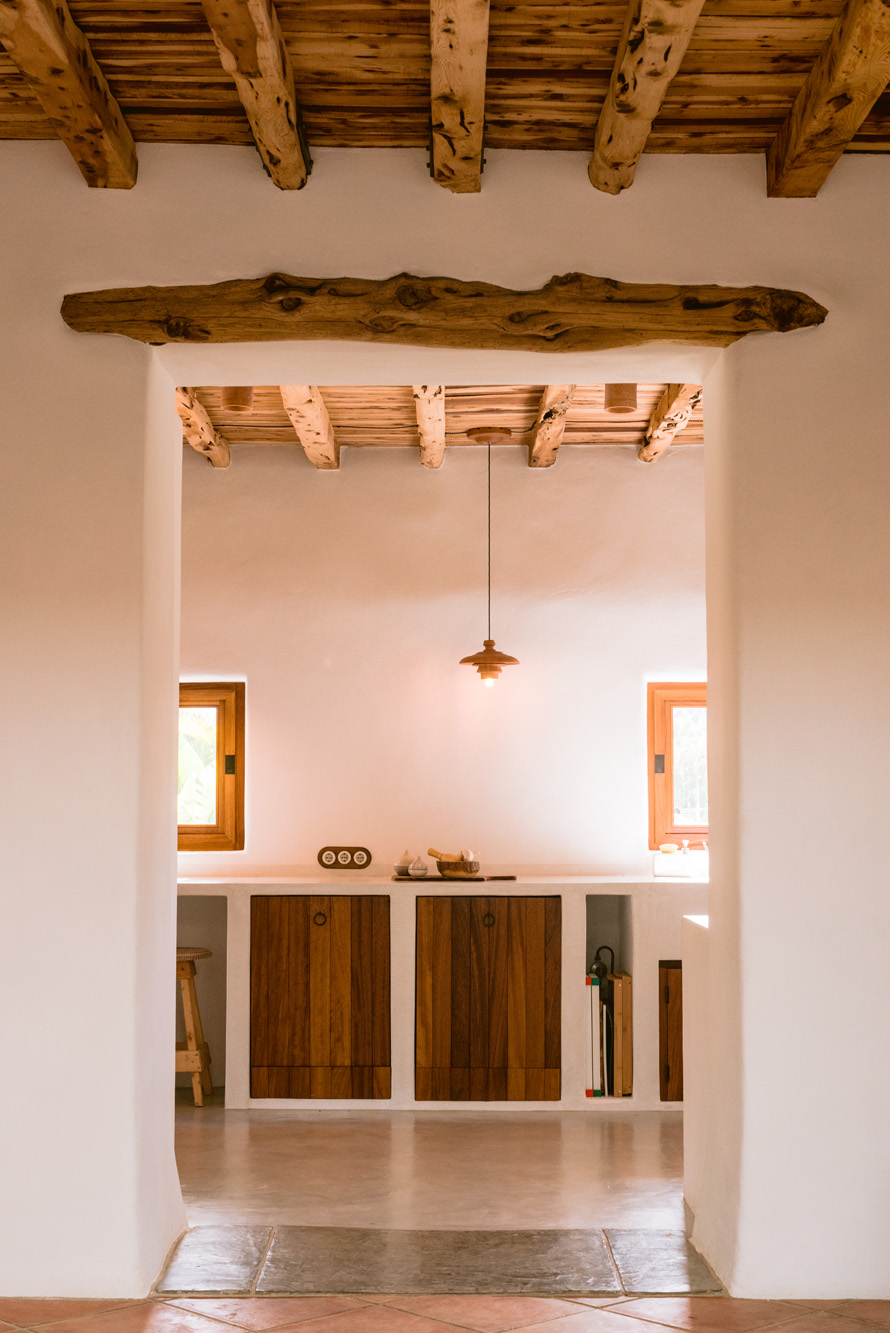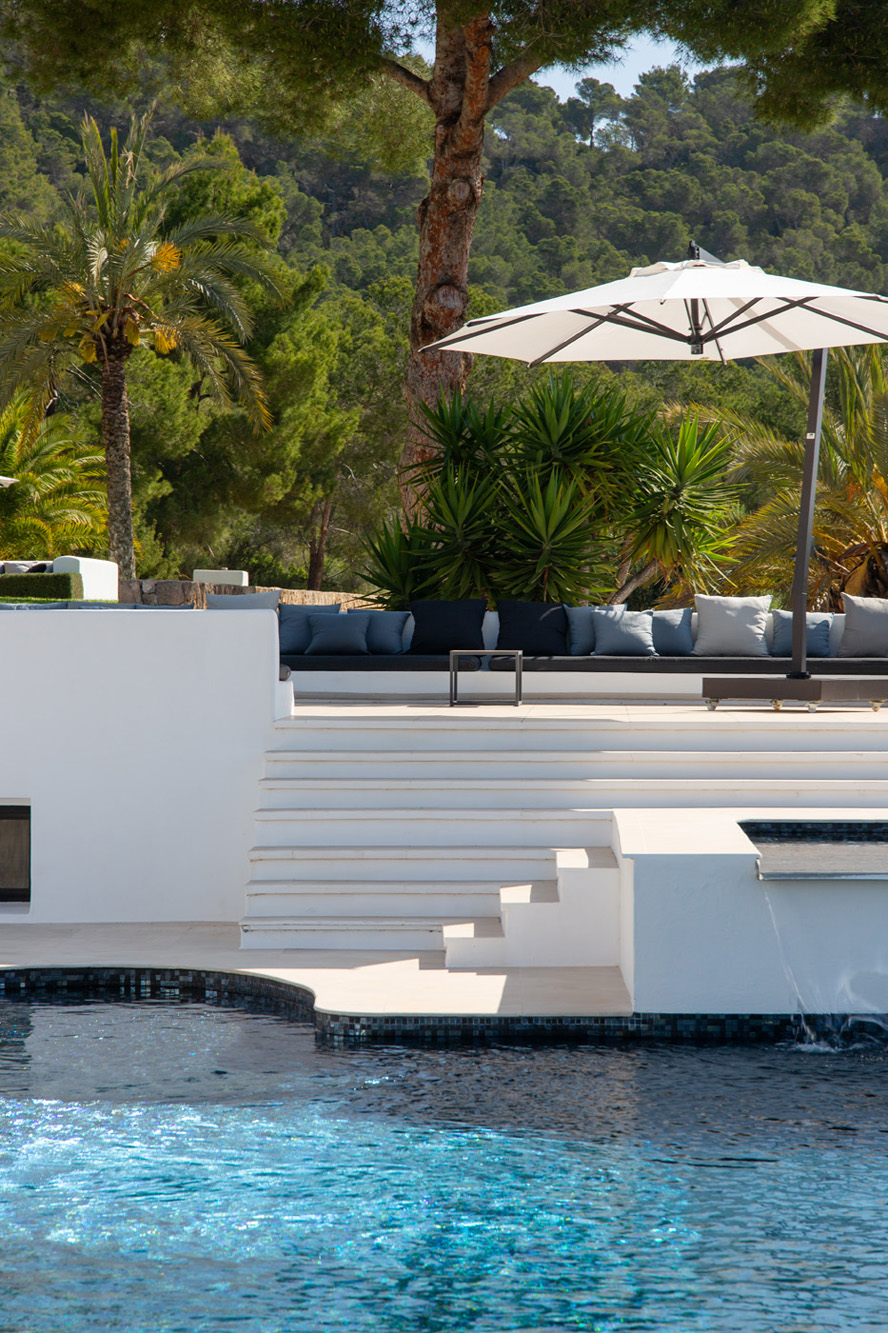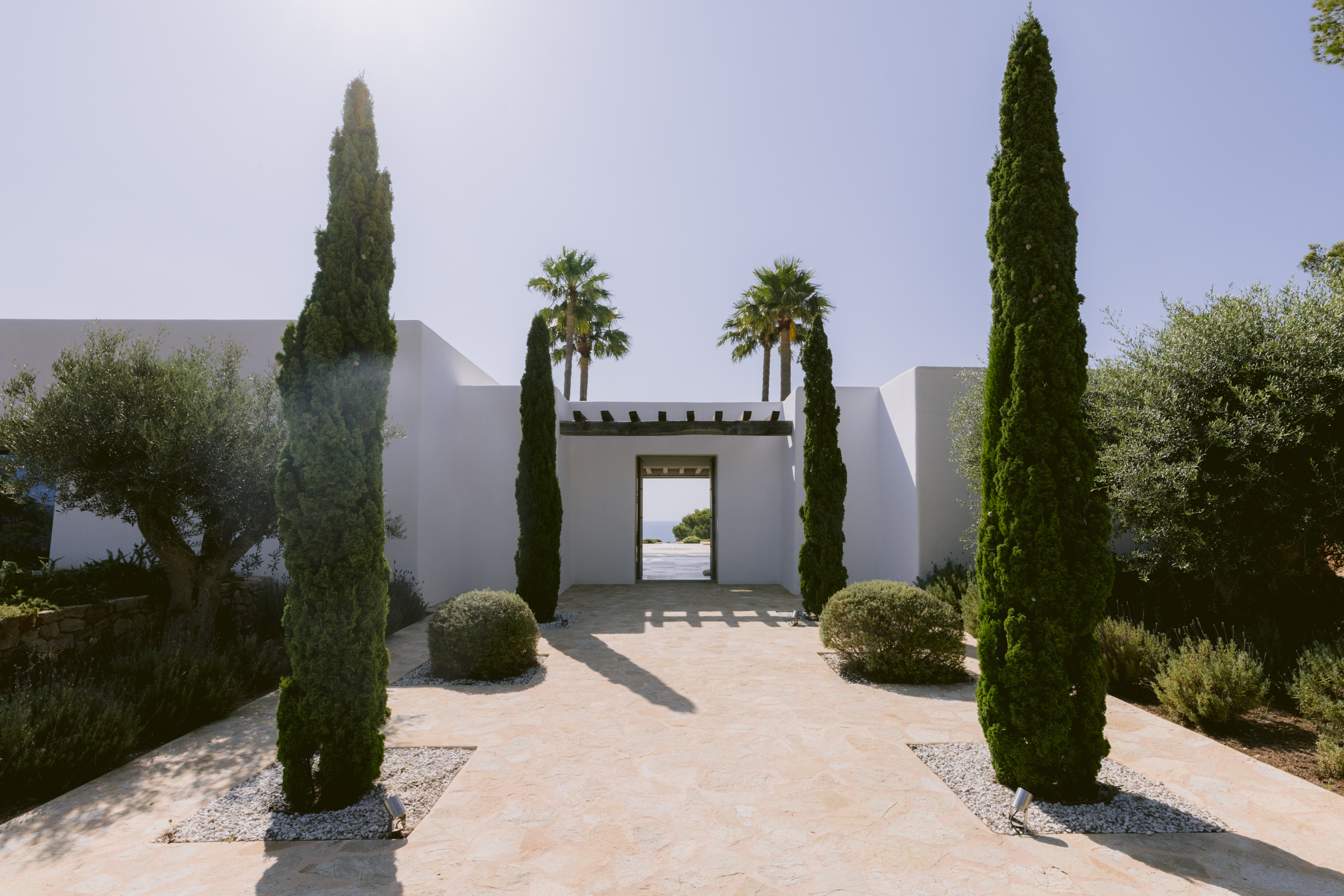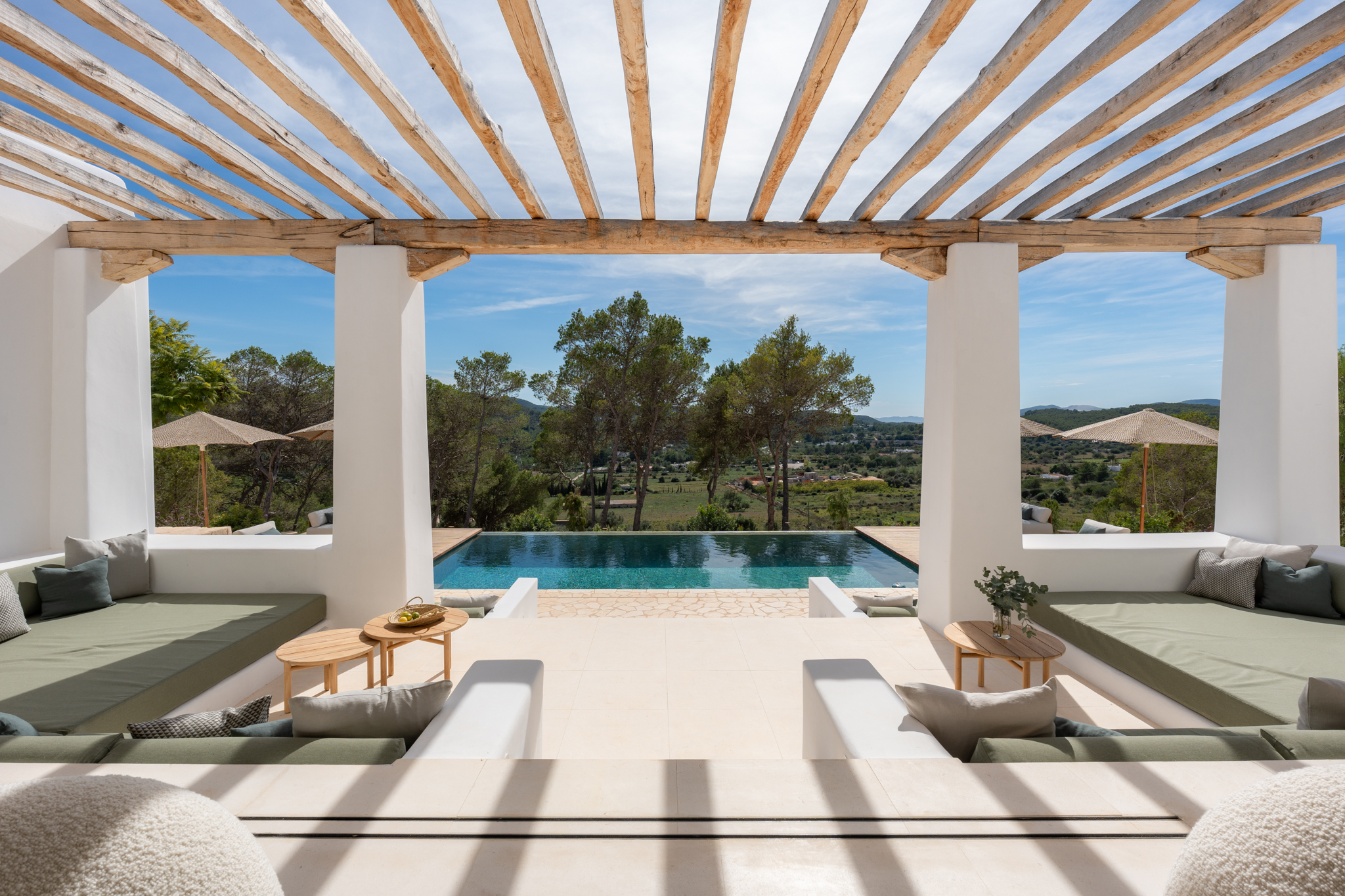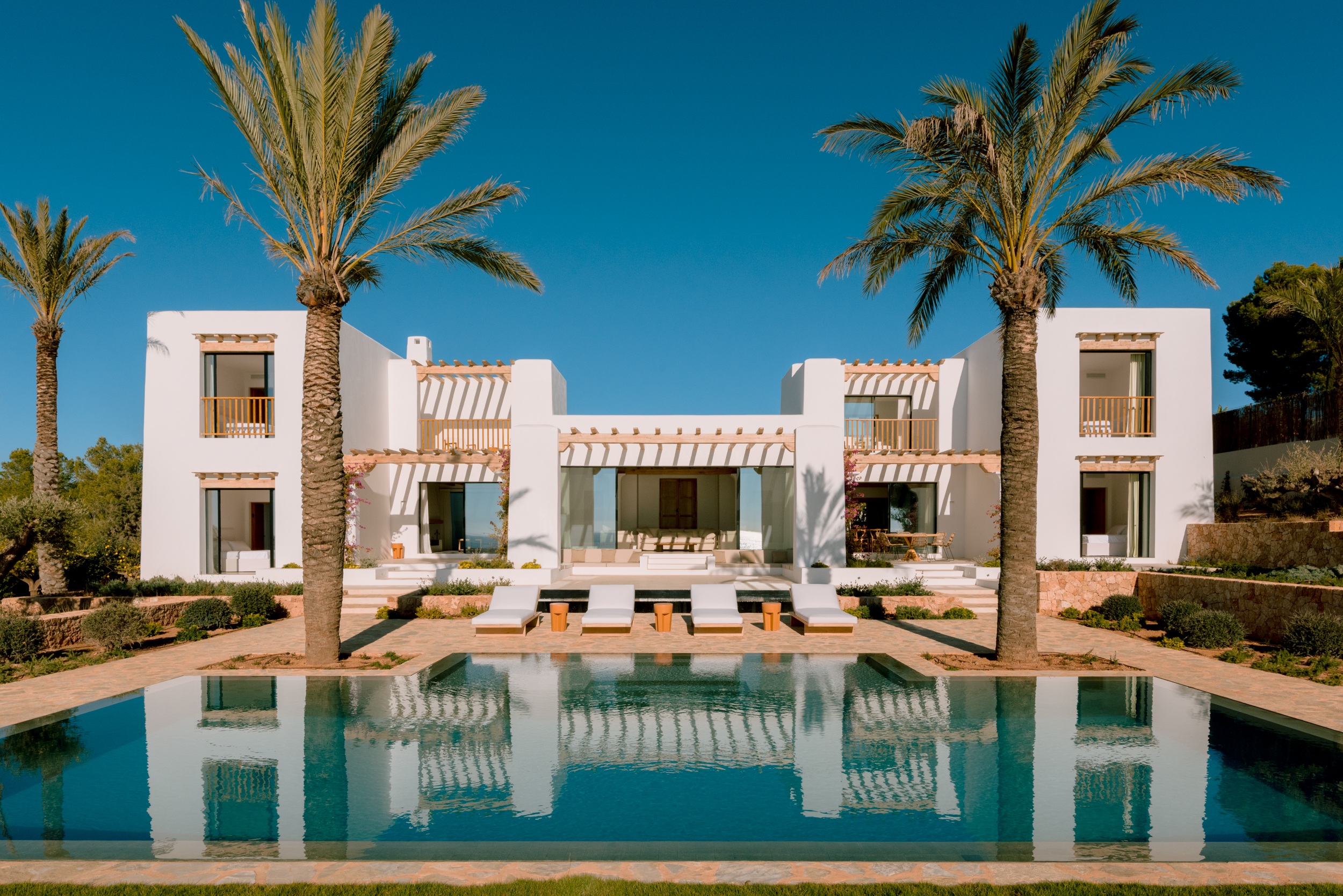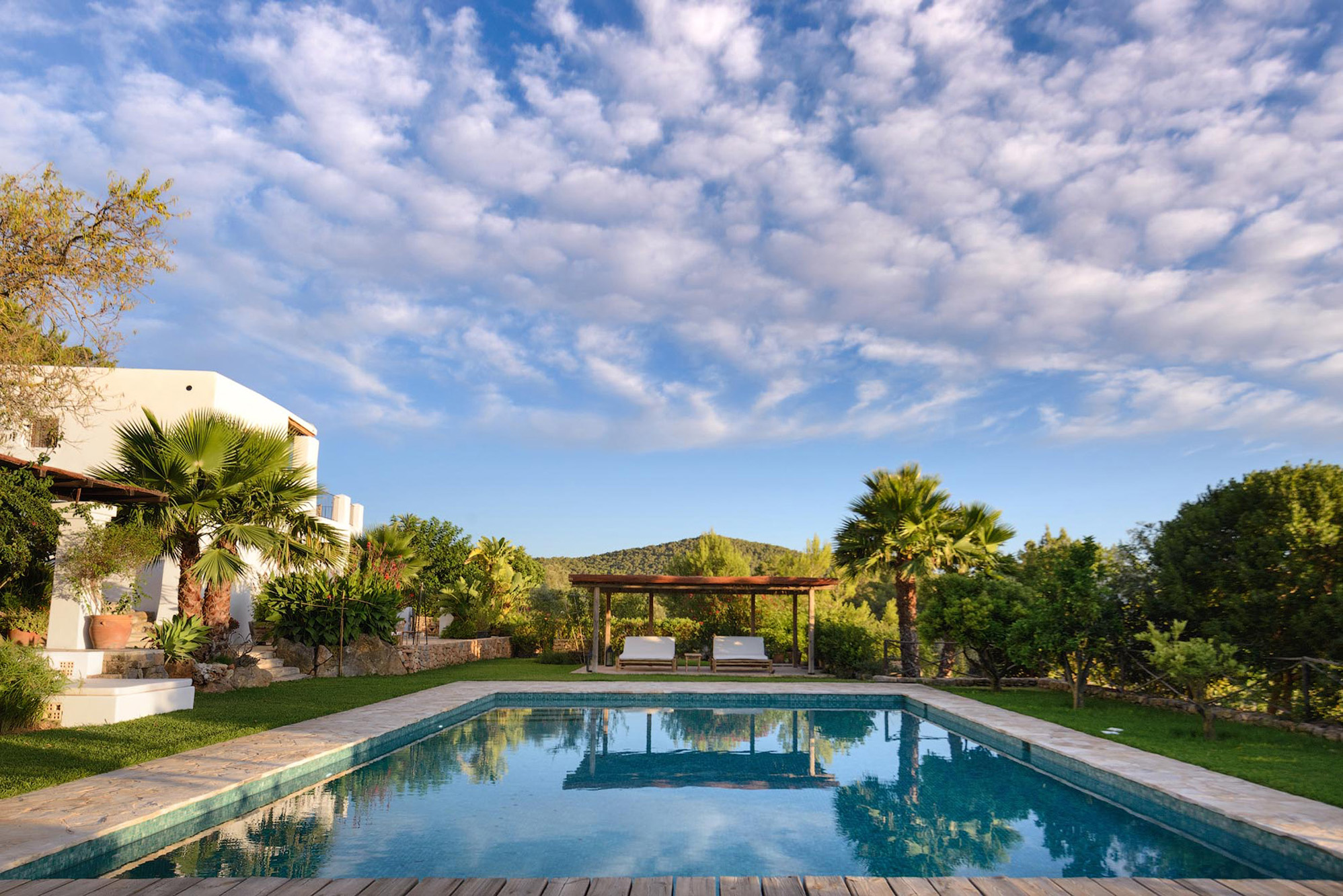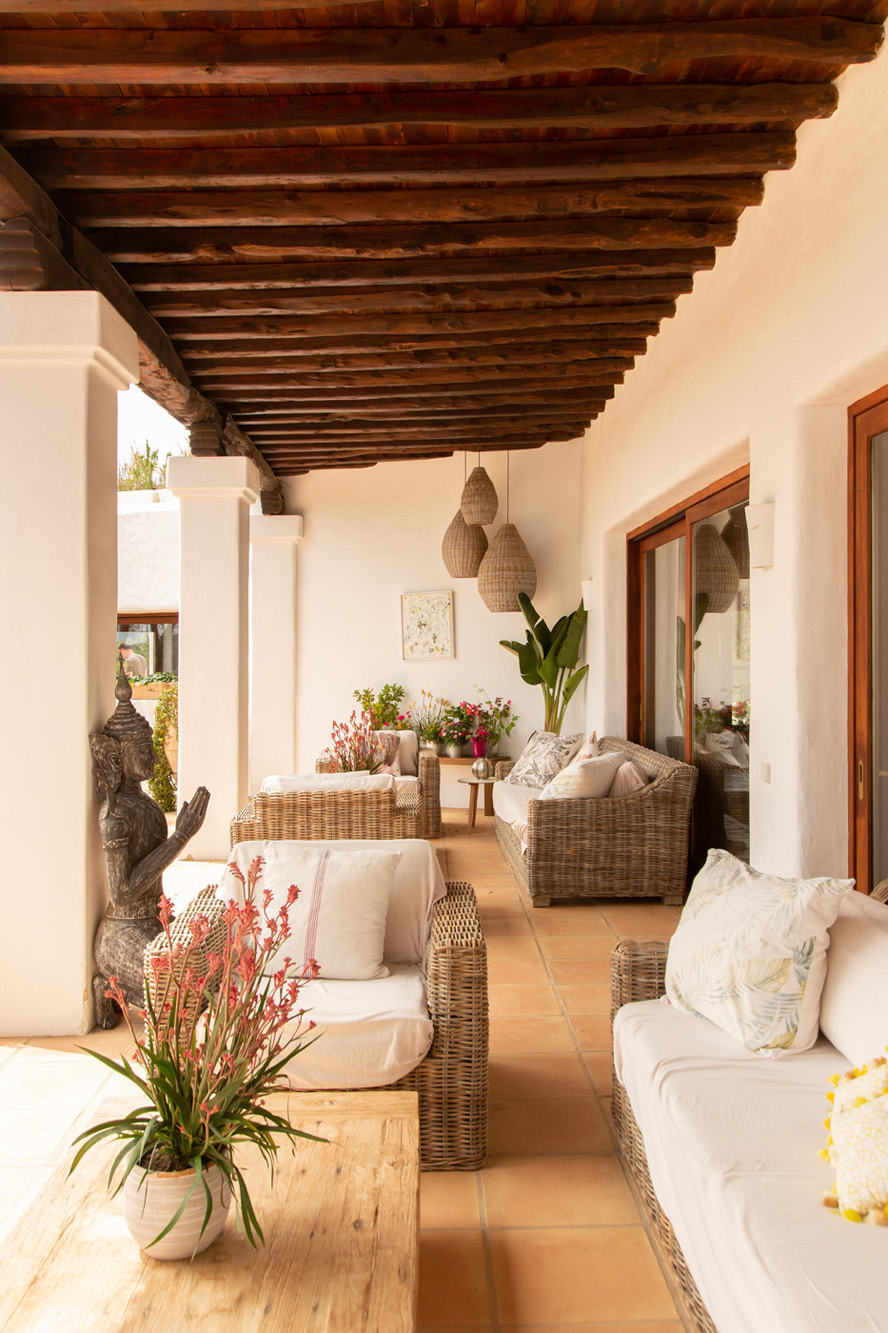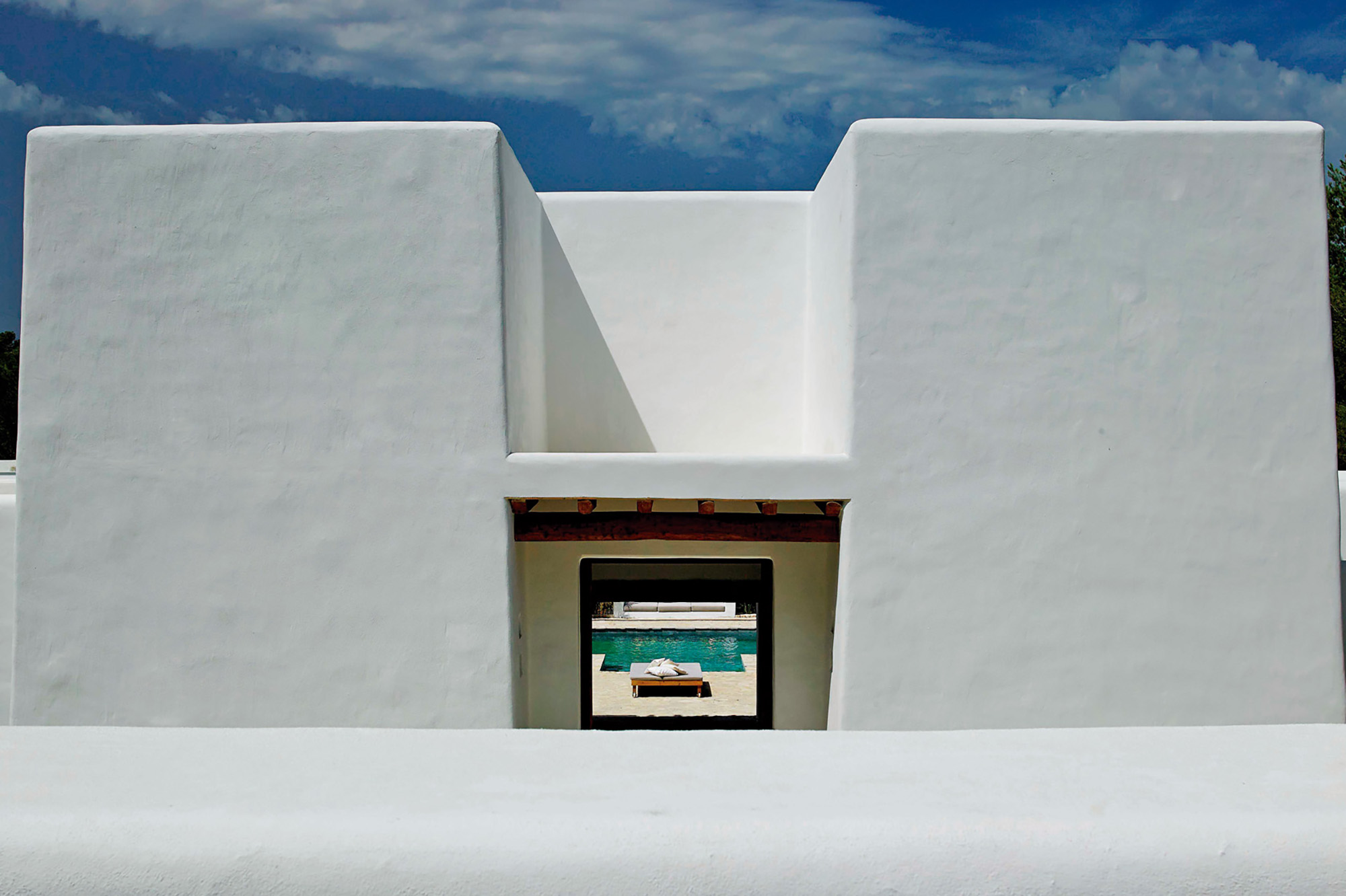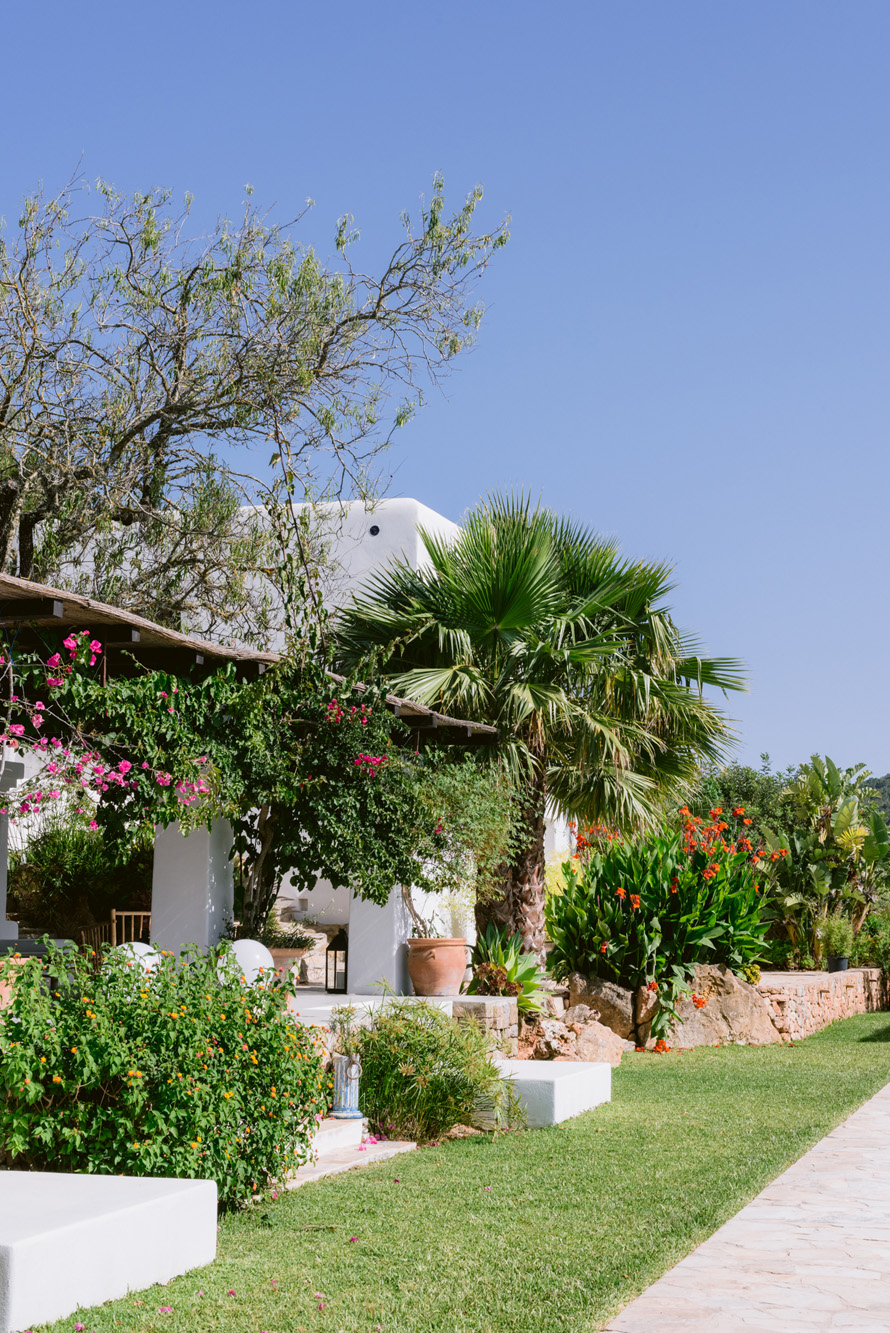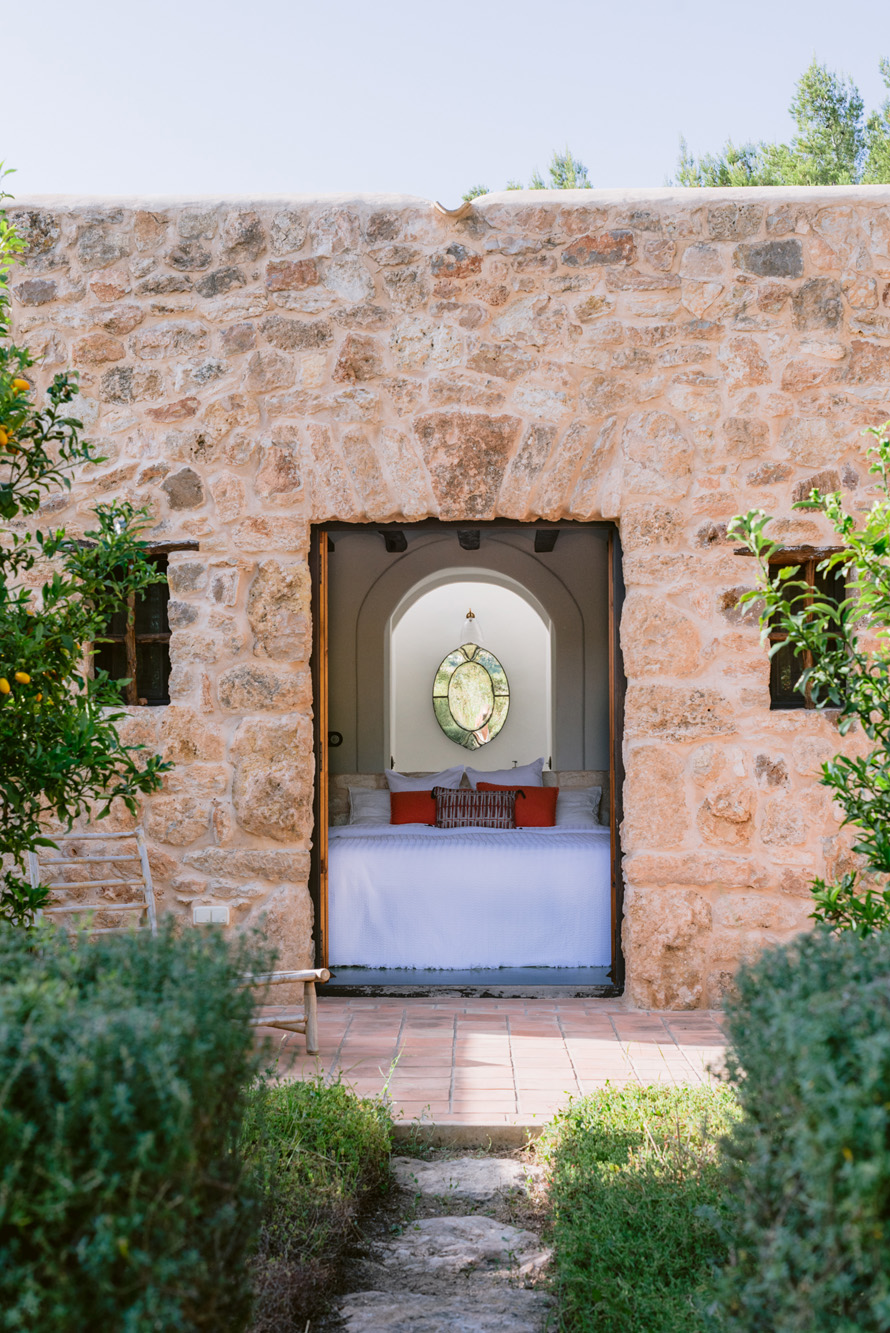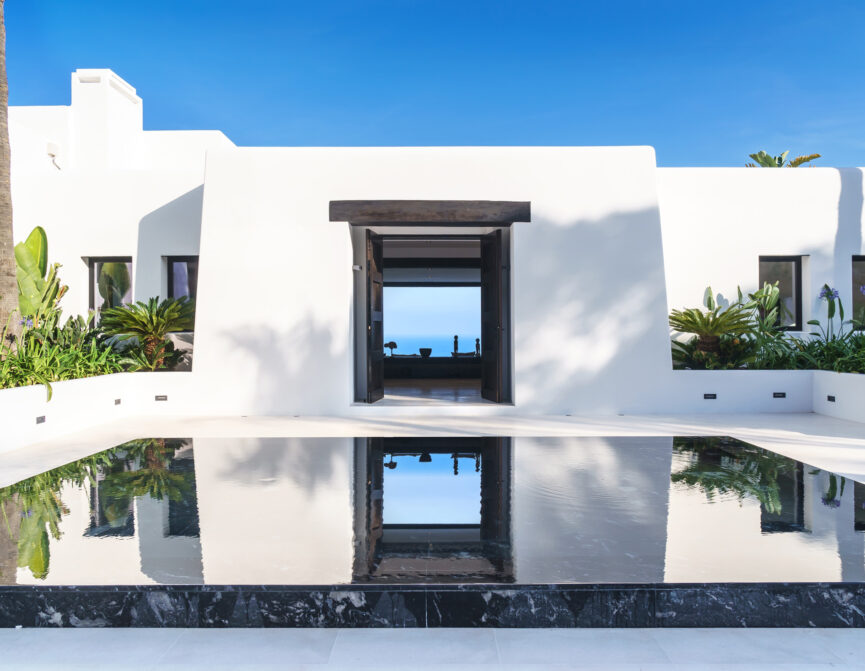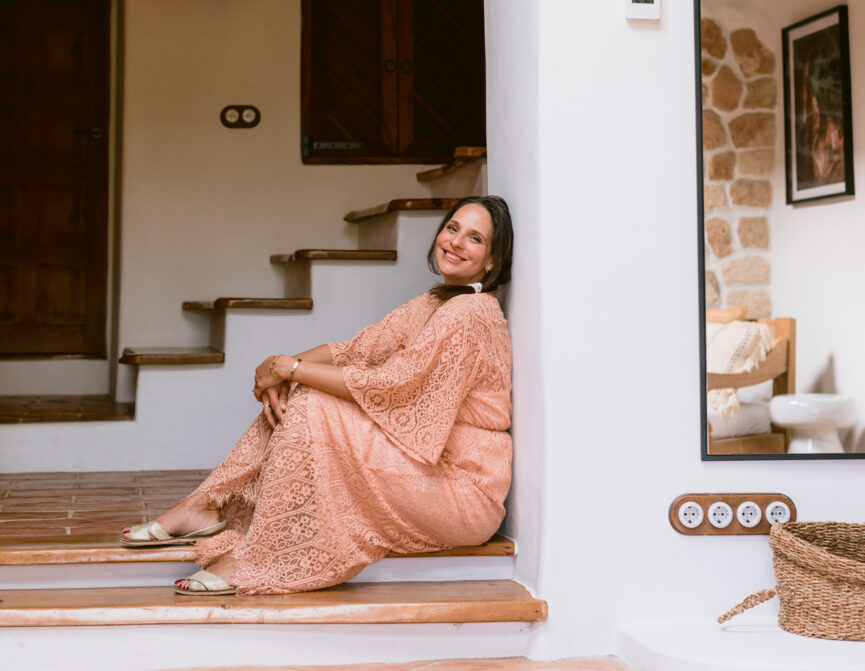Rolf Blakstad reveals how his iconic design studio reimagines historical architecture through the lens of modern living.
In Ibiza’s architectural lexicon, Blakstad Design Consultants is synonymous with elegance, sophistication, and exceptional quality. The design studio is committed to preserving Ibiza’s identity by fusing historical architecture with modern-day functionality and comfort. At its helm is Rolf Blakstad, a native Ibicenco with an unrivalled knowledge of Ibiza’s past, passed down from his father and founder of Blakstad, Rolph.
Arriving on the island in 1956, Rolph set up the design studio in 1967 after a personal renovation project led him to conduct scholarly research into Ibiza’s architectural heritage; you can read his findings in his book Estudio de la Casa Ibicenca. Rolph’s designs became a means of expressing his determination to protect the building traditions and cultural history detailed in the book. It was a part of Ibiza’s legacy Rolph felt was being lost to modernisation, particularly after the increase in demand for pieds-à-terre in the Balearics.
“Ibiza has a long and interesting history,” Rolf begins. Passed from hand to hand through the ages, its architectural landscape blended the styles and cultures of its settlers, primarily the Phoenicians, the Carthaginians and the Romans.
When the Balearics fell to the Romans, many of the major Carthaginian-era buildings including palaces and temples were destroyed. “As a result, the only architecture of this period that survived were the no-frills cubic buildings in the less affluent parts of Ibiza,” he continues. It’s this architecture that drew the Blakstad family and prompted their desire to carry forward simplicity and traditional materials in modern-day designs.
After taking over from his father, Rolf continues to adapt Ibiza’s traditional farmhouse aesthetic to the needs and demands of the practice’s discerning clients. Blakstad’s residential projects are grounded in Ibicencan archetypes but are elevated by contemporary form and style – proof of the studio’s understanding of both native design and modern living.
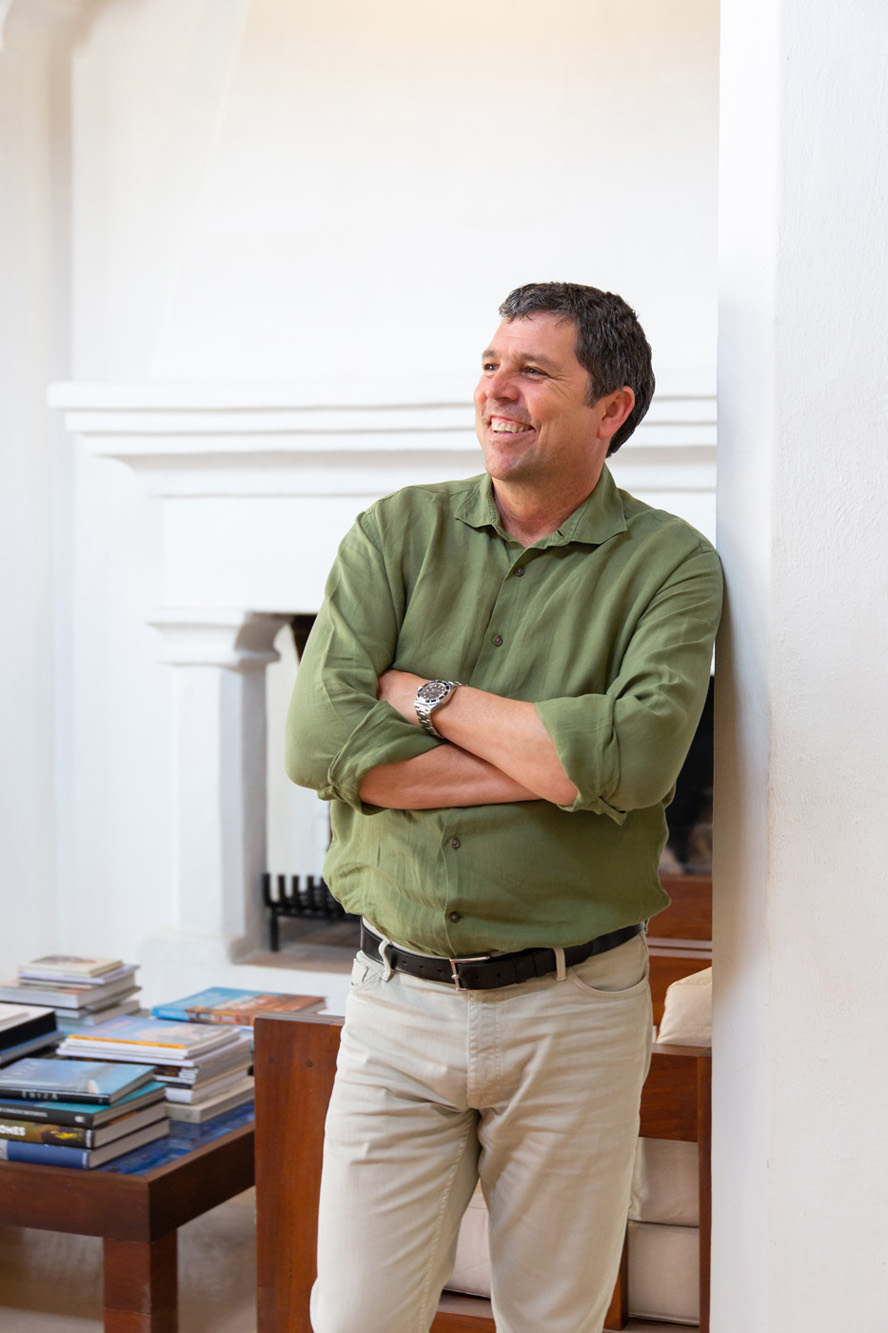
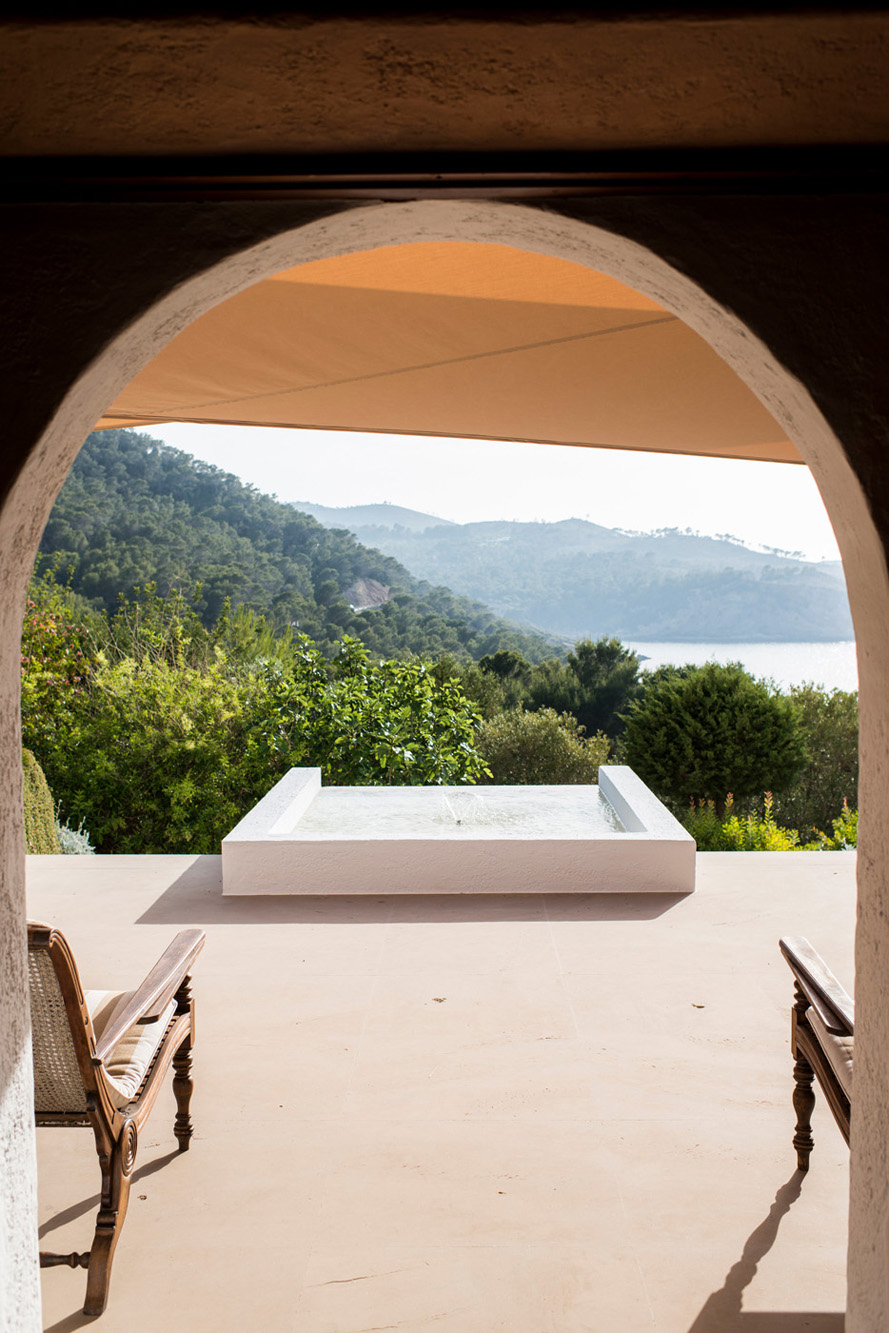

“Old Ibicencan homes were mostly farmhouses. Their main purpose was to be functional – to facilitate day-to-day living. Originally, if you were to live in one, you would adjust the way you lived around the structure of the house,” Rolf points out. “At Blakstad, we flip that concept, designing houses that fit our clients’ lifestyles.”
The most common starting point when working with century-old houses is to open them up – not just internally but by enhancing the home’s connection with the outdoors. Understanding that people on the island spend most of their time outside when the mercury rises, Blakstad turns its hands to the home’s immediate surroundings too, adding terraces, shaded social spaces, al fresco kitchens and pools that are designed as a natural extension of the villa.
Creating even more contemporary interpretations of the traditional farmhouse, Rolf is taking Blakstad Design Consultants on a new path. Since inheriting the lead role from his father, Rolf has masterminded homes with a stronger sense of uninterrupted flow, woven with cutting-edge technology and designed with modern living in mind. Flick through images of Casa Bloom with its suave open-plan living space and vast glazing to understand his forward-thinking visions.

Materially and geometrically too, Blakstad knits together traditional textures and modern tastes: timber, lime and stone next to clean lines, polished surfaces and sleek accents. Can Mayans is the epitome of this approach, where a modern-rustic aesthetic pairs elemental Ibicencan materials – Sabina wood, terracotta tiles, wicker – with designer furnishings and bespoke woodwork. “The style is in keeping with the local materials on the island,” Rolf notes. “What we’ve used in the villa has been fortified for longevity but it’s still very similar to what you would have encountered 50 years ago or even 1,050 years ago.”
While vernacular design is important to Blakstad, its spaces are always tailored to its clientele. For example, Rolf noticed that many summer houses are used year-round now which led the architects at Blakstad to introduce skylights into several of their projects to let the winter light in. They can be opened in the warmer months to release pent-up heat and create a through-breeze that keeps the home cool in the summer.
An innate advantage of repurposing historical architecture is that it’s better for the environment. Additional eco-friendly measures include installing solar panels, using organic, greener materials as well as improving energy efficiency as much as possible. “As concerns about the climate crisis deepen, environmentally conscious design is a common request from our clients. For us, however, we’ve already adopted eco-friendly practices so design-wise, we haven’t had to change what we’re doing much,” Rolf says.
Yet he intends to take this a step further, particularly for his upcoming project with Terra Masia, Ibiza’s largest ecological farm. “We’re looking for ways we can further minimise our environmental impact. One idea we’re looking into is stopping the use of imported materials and pressing the actual earth into bricks on site to build the houses.”
Old Ibicencan farmhouses were functional, so people adapted the way they lived. At Blakstad we design homes to fit our clients’ lifestyles.
- Rolf Blakstad

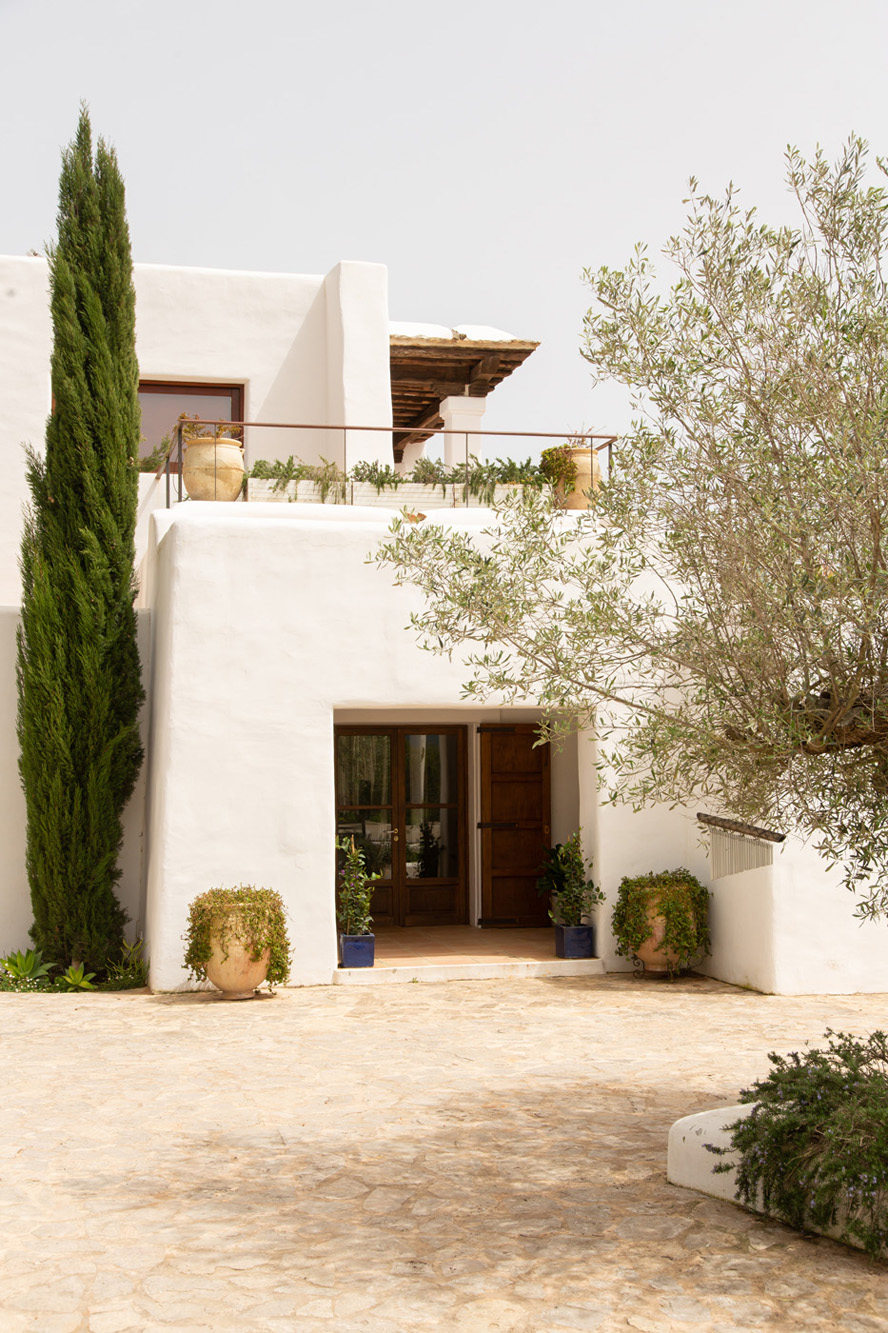


Still, sustainability is easier to achieve with new-build villas, Rolf admits, thanks to the first-class technology and materials the studio writes into the framework of the home. “If we can design everything from scratch, we can implement many more sustainable design concepts,” he points out. “When we’re working on an existing project, we’re much more limited both in the design and the materials we can use.”
Part of the reason why Blakstad Design Consultants’ projects echo old-world Ibicencan homes so well can be attributed to its network of tradespeople that continue to forge artisanal pieces despite the industrialisation of the sector. “We still have many competent craftspeople,” Rolf adds. “Specialist joiners, stonemasons, weavers and so on. Funnily enough, when we work off the island, we manufacture a lot of items on Ibiza and ship them over because we cannot find the same know-how elsewhere.”
For Rolf, the demand for homes that echo the character and identity of the island is growing. Much of Ibiza’s returning crowd have re-evaluated their relationship with the island. Drawn by the charm of the off-peak season, those who can are more likely to stay for extended periods of time. “In the last 10 years, more people have started living here year-round and this has been accelerated by the last two years, “he says. “They’ve now discovered the island off-season and realise how charming and how different it is to the summer months. As a result, we’ve got a lot of projects going on.”
